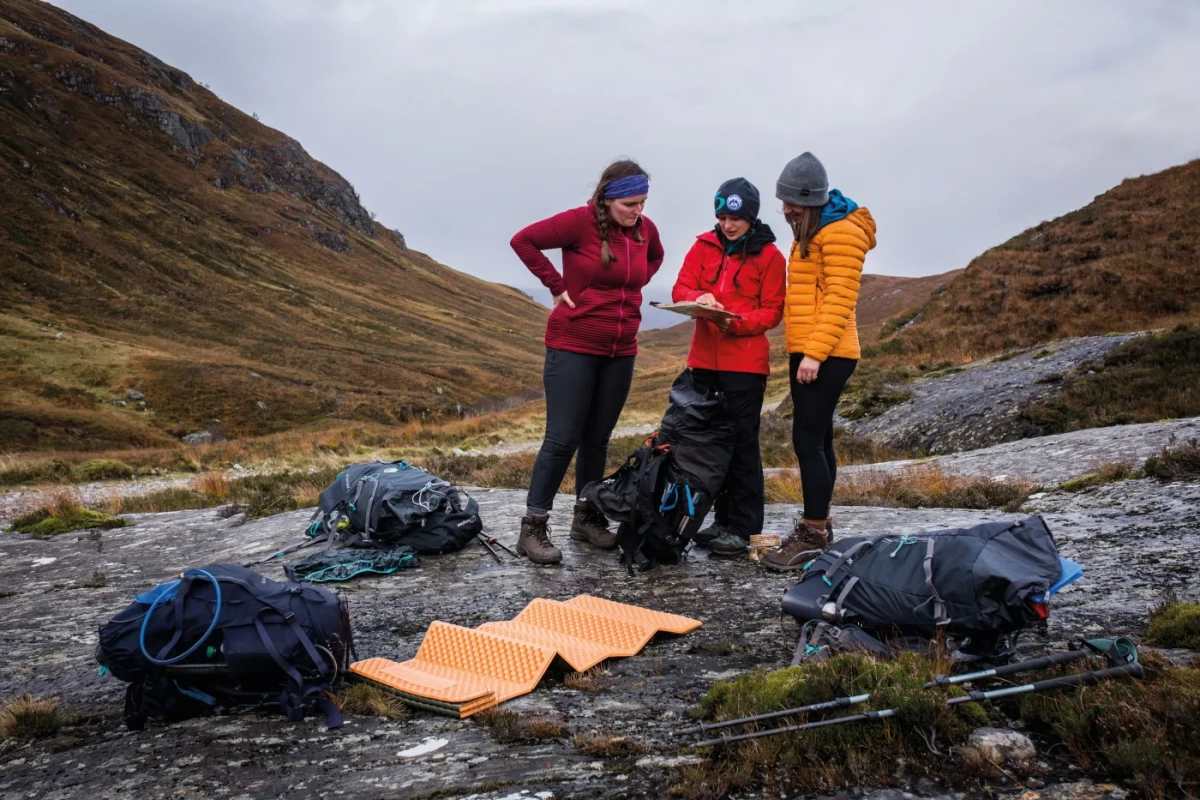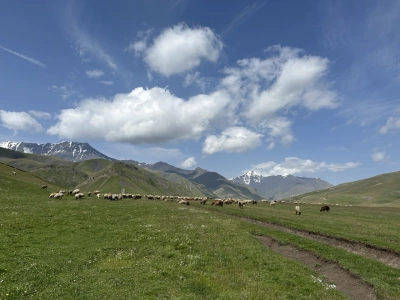A well-planned hike is the key to a safe, comfortable, and unforgettable experience. By preparing in advance while considering the route, weather, and participants' abilities, you ensure the success of your trip. Respecting nature and using the right equipment, alternative routes, and safety measures makes hiking enjoyable and safe for everyone.

A well-planned hike is the key to a safe, comfortable, and unforgettable experience. Whether it is a short walk, a long trek, or a multi-day expedition, careful preparation keeps you both comfortable and safe. Thoughtful planning helps avoid many difficult and hazardous situations – so it is worth spending time on it!
Proper planning ensures that you consider all important points and allows you to assess whether your trip is feasible. It also provides valuable support throughout your journey and guides you along the way.
Why Should You Plan Your Trip?
The purpose of planning is to determine the feasibility of your trip. The answers may be as follows:
-
Yes, it is possible without any problems.
-
Yes, it is possible under certain conditions (e.g., securing fixed ropes or traversing difficult sections with the team).
-
No, it is not possible and you need to change your plan.
-
It is difficult to decide for now, for example, if snow conditions are unknown.
If you do not get satisfactory answers to most questions, it is impossible to make a decision, and in such cases, it is recommended to abandon the idea.
Initial Planning
Consider the following points to get started:
Gather all relevant information: if the route and conditions are suitable for participants, planning can continue. Otherwise, a more suitable option should be found. Respect nature: depending on the type of activity and region, protection measures, route changes, and temporarily closed areas may exist.
Key Sections: Identify all essential parts accurately and discuss each. Then decide on the necessary equipment.
Alternative routes and strategic points: if weather conditions are worse than expected or a participant cannot continue, plan alternative paths, such as nearby easier routes and exit points.
Detailed Planning
Before setting off, consider the current weather and participants. Pay attention to the following points:
Timing: determine expected arrival and departure times. Estimate how long each stage will take.
Final Check: ensure you have all necessary equipment and have considered how to handle potential issues. This is the final review of all aspects of the trip.
Continuous Evaluation
Planning is based on assumptions. Continuous evaluation while on the trail allows you to compare expectations with real conditions and draw conclusions. Comparing what you planned with what actually happens gives you valuable experience for better preparation in future trips.
Key Points
- Define Your Goal
- Where do you want to go
- Distance and elevation of your goal
- Your physical abilities and available time
- Check Weather and Route Conditions
- Weather forecast
- Route reports
- Possible risks (snow, rain, wind, falling rocks, rivers)
If conditions are unfavorable, change the plan or choose a safer route.
- Prepare Equipment
- Comfortable and appropriate footwear
- Layered clothing (base, mid-layer, wind/rain protection)
- Navigation tools (map, GPS, fully charged phone)
- Water and snacks
- First aid kit
- Flashlight/headlamp
- Trekking poles (if needed)
- Learn the Route
- Distance and estimated time
- Elevation gain
- Key landmarks
- Emergency exit points
Downloading offline maps is recommended – signal is often unavailable in the mountains.
- Inform Someone About Your Plan
- Share the route, start time, and estimated return time with a friend or family member.
- Start Early and Protect Yourself
- Starting early helps avoid afternoon rain, storms, crowds, and fatigue.
- Maintain a steady pace, take short breaks, and drink water.
- Respect Nature and Stay Safe
- Use only marked trails
- Do not leave traces
- Do not approach wild animals
- Avoid unnecessary risks
- If the weather changes or you feel unwell, turn back
Enjoy the experience: fresh air, silence, beautiful scenery, and connection with nature will provide both relaxation and unforgettable moments. A well-planned hike allows you to experience these moments stress-free and comfortably.






